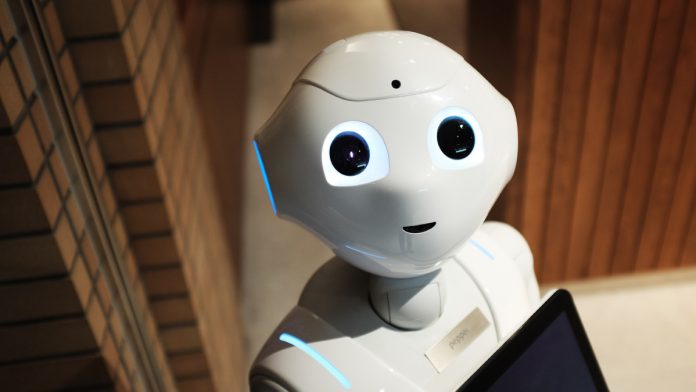The Future of Home Robotics: A Strategic Analysis
With the mass introduction of smart speakers, smart doorbells, smart fridges and even smart toilets, the world of home automation is evolving rapidly. While these devices have brought convenience and efficiency to our daily lives, the integration of physical robotic assistants in our homes remains a futuristic concept. Despite advancements in technology, the widespread adoption of robots in domestic settings has been slow to materialize.
iRobot: Pioneering Home Robotics
iRobot, a leading company in home robotics, has been at the forefront of innovation with its Roomba model – the autonomous vacuum cleaner. Since its inception in 1990, iRobot has been exploring the challenges of spatial navigation, voice recognition, and machine vision in the development of robotic assistants for homes. These technologies now form the foundation of a robust ecosystem that includes Artificial Intelligence and the Internet of Things.
“Getting a robot to work successfully still means getting just the right mix of mechanical, electrical, and software engineering, connectivity, and data science”
Colin Angle: Chairman, CEO and Founder of iRobot
Despite numerous business models and iterations, iRobot achieved success with Roomba, a vacuum cleaner that autonomously navigates rooms, identifies obstacles, and cleans floors without human intervention. However, consumer skepticism remains a challenge for robotics companies, as even their most successful products face doubts from the general public.
Service and Social Robots: The Next Frontier
Home robotics can be categorized into Service robots, which perform household tasks, and Social robots, which offer companionship through empathetic interactions. While virtual assistants have gained popularity in smart homes, the mobility and emotional intelligence required for richer interactions pose design and engineering challenges.
Robot Senses: Understanding the Environment
For robots to operate effectively, they must comprehend their surroundings. Technologies such as IoT-connected sensors enable robots to collect data, navigate spaces, and interact with objects. Facial recognition, natural language processing, and machine vision enhance robots’ ability to understand speech, emotions, and visual cues.
Advanced sensors such as infrared vision, gyroscopes, and thermal imaging provide robots with a comprehensive sensory experience, enabling them to make informed decisions based on environmental data. Artificial intelligence and machine learning algorithms assist in processing sensor information and enhancing robots’ decision-making capabilities.
IORT: The Convergence of IoT and Robotics
The Internet of Robotic Things (IORT) is a concept that merges intelligent devices with IoT capabilities to monitor environments, gather real-time data, and respond to events. This integration is crucial for developing home care robots that can communicate vital information to central systems in emergencies, creating a connected ecosystem for personalized assistance.
Pricing, Availability, and Consumer Perception
Challenges in home robotics extend beyond technical hurdles to include pricing, availability, and consumer perception. Building trust and acceptance among consumers for physical multi-function robots remains a key obstacle for companies in this space. Replicating the success of virtual assistants and smart speakers in gaining consumer trust is essential for the widespread adoption of home robots.
Conclusion
As the field of home robotics continues to evolve, the integration of advanced technologies such as AI, IoT, and machine learning will drive the development of intelligent robotic assistants for domestic environments. Overcoming consumer skepticism, improving affordability, and enhancing the capabilities of robots to understand and interact with their surroundings will be critical for the future success of home robotics.
FAQ
Q: When will robots become widespread in our homes?
A: The adoption of robots in domestic settings depends on overcoming technical challenges, building consumer trust, and developing advanced functionalities for robots to interact effectively in home environments.
Q: What are the key technologies driving home robotics?
A: Technologies such as AI, IoT, machine learning, and advanced sensors play a crucial role in enabling robots to navigate spaces, understand environments, and interact with users.
Q: How can companies in the home robotics industry overcome consumer skepticism?
A: Building trust through transparent communication, demonstrating the capabilities of robots through real-world applications, and addressing privacy and security concerns are essential for gaining consumer acceptance.
References
For more information on the latest developments in home robotics and IoT, visit Telefónica’s IoT webpage.
Follow us on social media for updates: Twitter, LinkedIn, YouTube.


